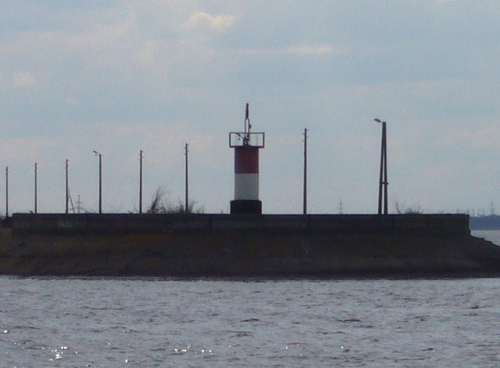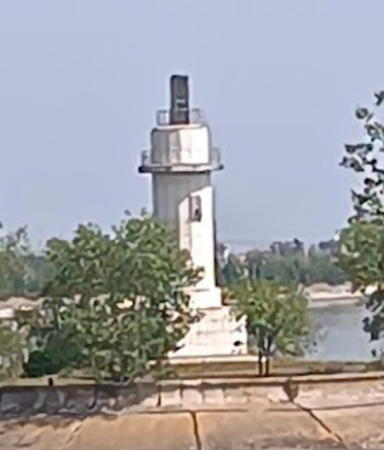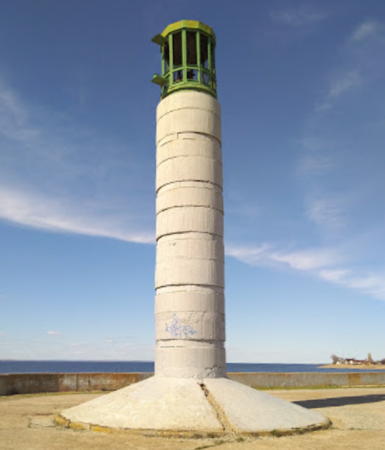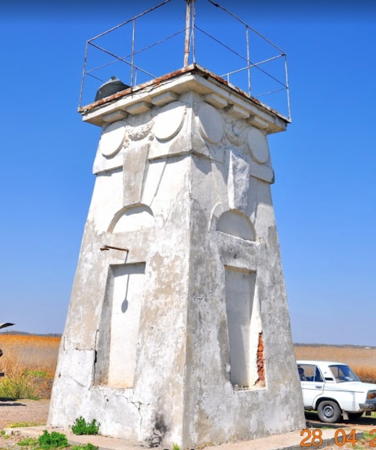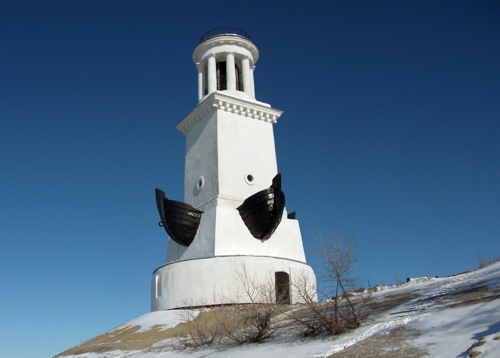Russia (Россия, Rossiya in Russian) is by far the world's largest country, spanning a little over 150° in longitude. It is organized as the Russian Federation (Rossiyskaya Federatsiya) with members known as federal subjects (sub'yekty federatsii). Russia is primarily a continental nation but it has important coastlines on the Baltic, Black, and Caspian Seas and very long coastlines on the Arctic Ocean and North Pacific Oceans. To guard these coasts it operates hundreds of lighthouses, many of them historic.
Russia also has an extensive network of inland waterways called the Unified Deepwater System. The Volga River, Europe's longest river, forms the backbone of this system as it drains southward into the landlocked Caspian Sea. The lower portion of the river is connected to the Don River and the Black Sea by the Volga-Don Canal, while the Volga-Baltic Waterway connects the upper part of the river to St. Petersburg (via Lakes Onega and Ladoga) and to the White Sea and Arctic Ocean (via Lake Onega and the White Sea-Baltic Sea Canal). In addition the Moscow Canal connects the Volga to the Moscow River and the national capital while the Kama River, a major tributary of the Volga, extends the waterway system to the northeast.
During the Soviet era a number of large dams and hydroelectric generating plants were built on the Volga, Don, and Kama Rivers. Each dam has large double locks for ships and lighthouses were built at some of the lock entrances. These lighthouses may have had a navigational purpose but they were also for show, since the dams were promoted as triumphs of Soviet engineering.
The Russian word for a lighthouse is mayak (маяк); ostrov is an island, rif is a reef, mys is a cape, bukhta is a bay, zaliv is a larger bay or gulf, proliv is a strait, reka is a river, and gavan' is a harbor.
Aids to navigation on the rivers are presumably maintained by Rosmorrechflot, the Federal Agency for Maritime and River Transport.
Lighthouses of these inland waterways are not included in the international light lists, and currently none of them are listed by ARLHS.
- General Sources
- World of Lighthouses - Russian Inland Waterways
- Photos by various photographers available from Lightphotos.net.
- Russische Leuchttürme auf historischen Postkarten
- Historic postcard images posted by Klaus Huelse.
- GPSNauticalCharts
- Navigational chart information for the Russian rivers.

Bol'shoy Volzhskiy Light, Dubna, November 2020
Google Maps photo by Ivan Ivanov



